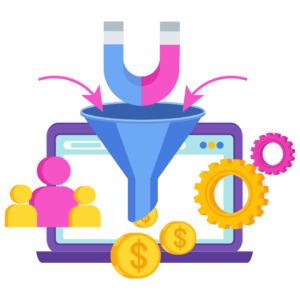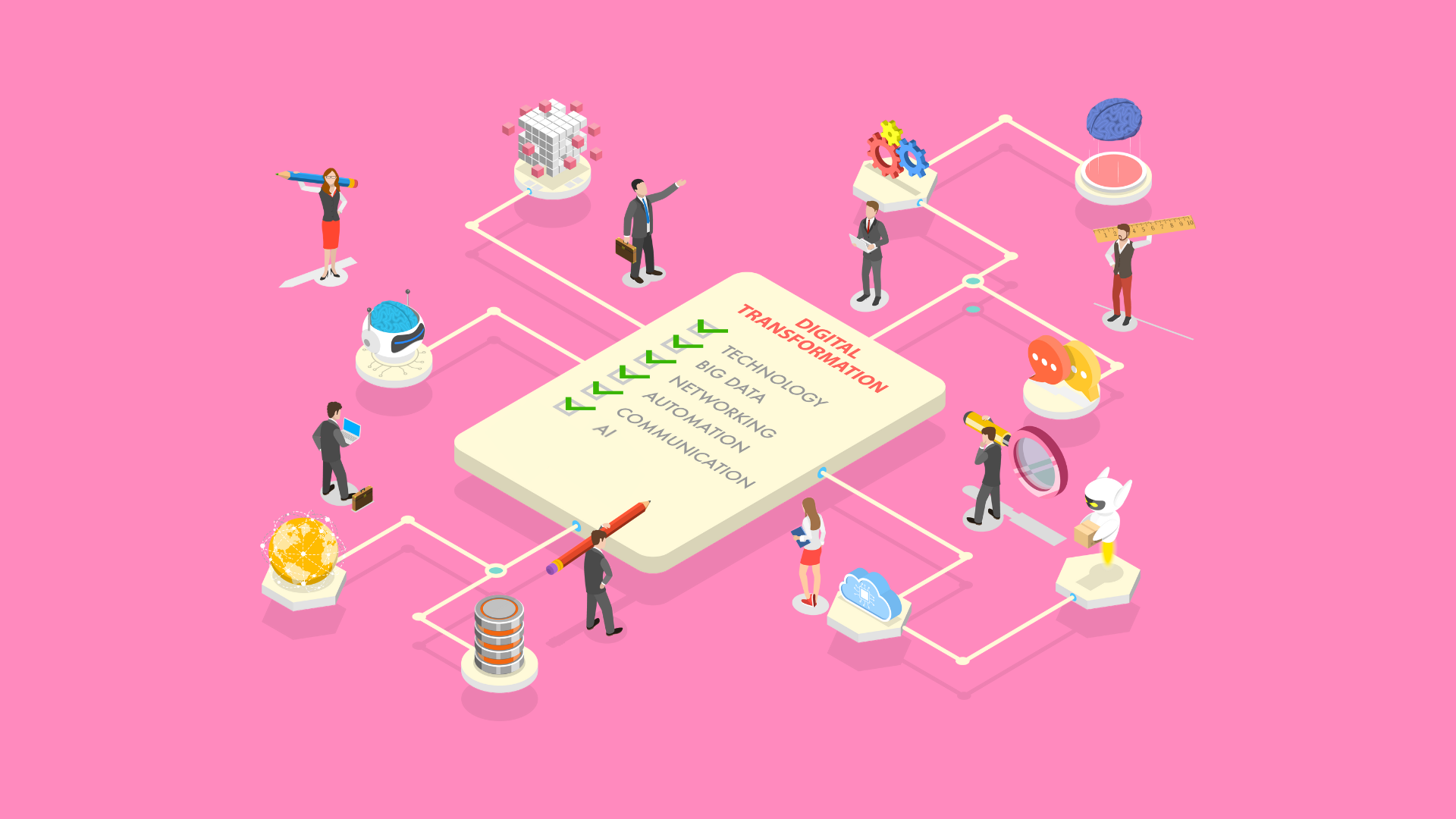When a U.S.-based communications security company decided to [finally] take a step forward in transforming its revenue operations strategy, they faced a daunting challenge: transitioning from fragmented, paper-based processes to a fully integrated Salesforce platform. Coming into more funding and growing rapidly through acquisitions, they needed a solution to centralize their operations and were ready to start preparing for scalable growth. That’s where we came in.
They had invested in multiple Salesforce clouds—Sales Cloud, Service Cloud, Marketing Cloud, CPQ & Billing, and Mulesoft—but found themselves overwhelmed by the scope and complexity of implementing everything at once. Our team at Lane Four stepped in to untangle the chaos and guide them through in a structured way.
This translated into what we call at Lane Four a digital transformation or a series of transformational exercises to adapt their current tech or system landscape into one that is more aligned with modern go-to-market (GTM) motions. This holistic approach would help connect siloed tools and processes in a cohesive manner that could keep pace with accelerated growth. Ultimately, the goal was to create a tech stack that enabled their teams to sell faster, enhance collaboration, and have clear and automated processes in place to eventually, increase revenue potential.
So let’s get into what the plan was, the expectations, and proven as well as projected future outcomes for this customer.

Tackling Complexity with a Phased Approach
Building anything meaningful requires a clear series of steps. Attempting to tackle multiple initiatives simultaneously—without a clear order—is a recipe for frustration and can very quickly turn bouts of motivation into overwhelm, all too quickly. That’s what this client was up against. So, we hit pause and took a step back to assess the areas of their revenue engine that needed to be prioritized. By identifying and prioritizing key areas, we recommended a phased rollout approach to bring clarity, focus, and momentum to their efforts.
We started by focusing on marketing operations. To the customer and to us, because this was the beginning of their customer journey, it made sense to start here. Migrating from HubSpot to Salesforce Marketing Cloud was a critical first step. We enabled audience segmentation, automated campaigns, and AI-powered insights to lay the groundwork for smarter, more personalized customer engagement.
Next, we turned our attention to the company’s sales team, 60-70% of whom work in the field. The goal here? To equip them with mobile-friendly solutions for creating leads, generating quotes, and scheduling appointments—all in real time while out in the field. By leveraging Sales Cloud and CPQ, we made it possible for their reps to respond quickly and efficiently on-site.
To improve customer service, Lane Four initiated an implementation of Service Cloud, introducing service entitlements, SLAs, and visual SLA timelines. Now, whether a customer submits a case online or via email, the system will route it instantly, tracking response times and escalating unresolved issues to ensure nothing falls through the cracks.
On the back end, Mulesoft now connects Salesforce with legacy systems like Micro Key, creating a seamless flow of data and reducing manual errors. Meanwhile, tools like DocuSign will further increase operational efficiency by automating document workflows, saving their team countless hours of manual work.

Building Toward Long-Term Success
Despite initial setbacks, including shifting leadership and partial implementations—because what’s a large project plan without key learning moments—Lane Four’s expertise in digital transformation has put the security company back on track. As the project progresses toward completion in 2025, the Salesforce suite is set to deliver unified visibility and efficiency across marketing, sales, and service teams.
Marketing teams will run data-driven campaigns with AI-powered insights, field representatives will have mobile tools for faster decision-making and selling, and service teams will be able to deliver exceptional customer experiences. These improvements position the company for sustainable growth, operational excellence, and maximum ROI on their tech investments. Now, that’s bringing some serious horsepower to the revenue engine if you ask us.
At Lane Four, we thrive on tackling challenges like these. Empowering clients to unlock their potential and achieve sustainable growth is at the core of what we do. Our tailored approach is not only transforming this security industry leader’s revenue operations in such a way that is realistic and carefully planned in such a way to avoid disruptions to the business but also driving success for many other businesses as well, equipping them to excel in today’s competitive market.
So, what’s something you can actually take away from this customer story? Maybe it’s this…
For organizations with little to no Salesforce knowledge or experience, here’s what we’d recommend:
- Start with a Clear Discovery Phase: Begin by truly understanding the company’s business processes, goals, and challenges. Use this phase to map out how Salesforce can align with and enhance the existing operations and what needs to be put in place to achieve future goals. Then, make the connections and find a way to leverage each Salesforce tool, addressing specific use cases and to avoid feeling overwhelmed, especially if working with multiple tools.
- Plan for a Phased Implementation Approach: Introduce Salesforce incrementally rather than all at once. Start with high-priority tools for high-priority processes. If phases need to overlap, understand the what and the why before moving on. This allows the team to gain confidence and competence as they see tangible results from their efforts.
- Prioritize Training and Enablement: Provide comprehensive, role-specific training for all users to increase understanding and adoption. Tailor sessions to their daily workflows and use real-life scenarios to illustrate the value of Salesforce. Reinforce learning with ongoing support, documentation, and access to quick-reference materials.
- Leverage Out-of-the-Box Features First: Avoid over-customizing the platform initially. Understand how to use Salesforce’s out-of-the-box features to meet the needs of the business and get the most out of the initial purchase. Once the team becomes familiar with the basics, introduce customizations or advanced features to address gaps or specific requirements.
- Set Metrics for Success: Establish clear goals and KPIs from the outset, such as improving lead conversion rates or reducing case resolution times. Regularly review these metrics to demonstrate progress, keep the team motivated, and adjust strategies if needed.
By focusing on these best practices, you can guide businesses with no Salesforce experience toward a successful implementation and ensure long-term adoption and ROI.
So, feeling ready to look at your systems or need some help on where to start so that you can reap maximum return on your Salesforce investments? Let’s chat!
